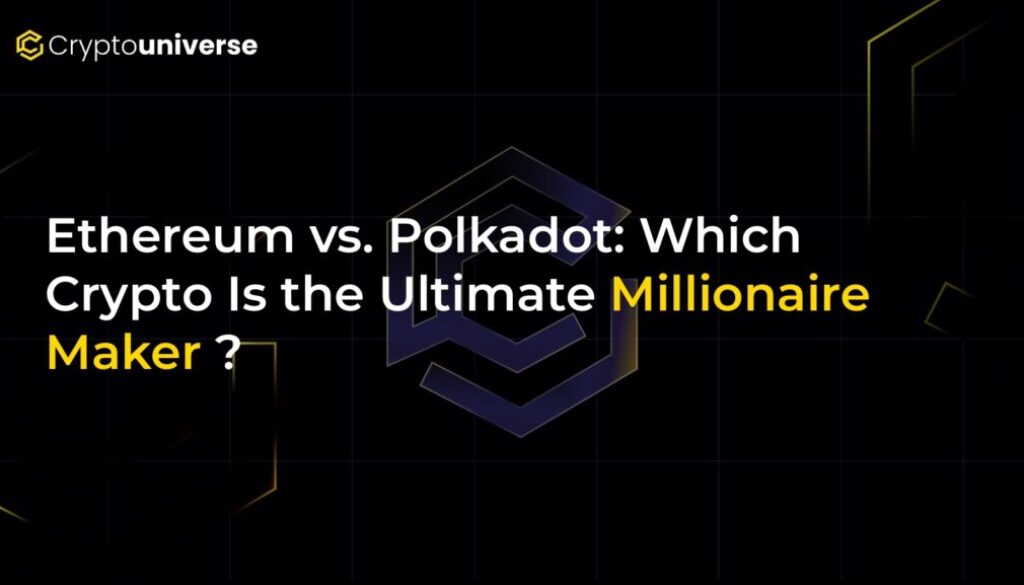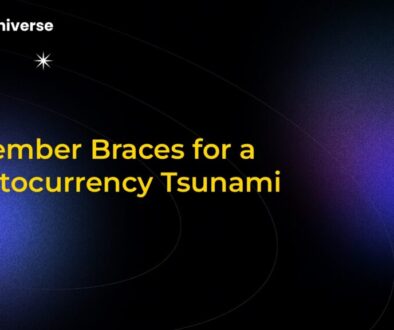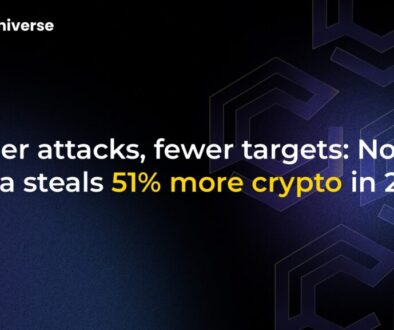Ethereum vs. Polkadot: Which Crypto Is the Ultimate Millionaire Maker?

The Hunt for the Next Crypto Titan
For many investors, the cryptocurrency market is the modern-day gold rush—a thrilling search for the next digital asset that can deliver life-changing returns. While Bitcoin holds the crown, the real action for exponential gains often lies in the dynamic world of altcoins. Two names that consistently surface in these discussions are Ethereum (ETH), the undisputed king of smart contracts, and Polkadot (DOT), an ambitious challenger built for a multi-chain future.
Both projects promise to solve critical issues in the blockchain space, but they take vastly different approaches. As an investor dreaming of a “millionaire maker” investment, which one holds more promise? Let’s break down the technology, ecosystem, and future potential of both to find out.
The Reigning Champion: A Deep Dive into Ethereum (ETH)
Ethereum is more than just the world’s second-largest cryptocurrency; it’s a decentralized global computer. By pioneering smart contracts, it unlocked the potential for decentralized applications (dApps), leading to the explosion of Decentralized Finance (DeFi) and Non-Fungible Tokens (NFTs).
The Bull Case for Ethereum
- Unmatched Network Effect: Ethereum’s first-mover advantage is its greatest weapon. The overwhelming majority of dApps, stablecoins, and DeFi protocols are built on its network. Developers know it, users trust it, and capital flows to it. This creates a powerful, self-reinforcing cycle of adoption.
- Proven Security and Decentralization: After years of operation and the successful transition to a Proof-of-Stake (PoS) consensus mechanism (The Merge), Ethereum has proven itself to be a robust and secure network.
- A Thriving Layer-2 Ecosystem: While Ethereum itself has faced scalability issues and high gas fees, it has fostered a massive ecosystem of Layer-2 scaling solutions like Arbitrum, Optimism, and Polygon. These networks process transactions cheaply and quickly while still relying on Ethereum’s core security, effectively solving the scalability problem.
- Deflationary Tokenomics: With the EIP-1559 update, a portion of every transaction fee is “burned” or permanently removed from circulation. Combined with the millions of ETH staked and locked away, this creates deflationary pressure that can drive up the token’s value over time.
The Challenges for Ethereum
Despite its dominance, Ethereum isn’t without its hurdles. The network can still become congested during peak demand, and it faces relentless competition from a horde of so-called “Ethereum killers” promising faster speeds and lower costs.
The Ambitious Challenger: Unpacking Polkadot (DOT)
Polkadot was founded by Dr. Gavin Wood, one of the original co-founders of Ethereum. His vision was to solve the very problems he saw limiting Ethereum’s future: a lack of interoperability and scalability. Polkadot isn’t trying to be another smart contract platform; it aims to be the foundational layer that connects all other blockchains.
The Bull Case for Polkadot
- Revolutionary Architecture: Polkadot uses a unique system called a Relay Chain (for security) and Parachains (parallel, specialized blockchains). This allows it to process many transactions simultaneously, achieving incredible speeds. Stress tests have shown theoretical throughputs of over 600,000 transactions per second (TPS)—dwarfing Ethereum and even payment giants like Visa.
- True Interoperability: This is Polkadot’s killer feature. It’s designed to let completely different blockchains—like Bitcoin and Ethereum—communicate and transfer assets trustlessly. If the future is multi-chain, Polkadot is positioned to be the essential bridge.
- The Upcoming JAM Upgrade: Polkadot is preparing for a major evolution called the Join-Accumulate Machine (JAM) upgrade. This aims to further enhance its scalability and flexibility, making it an even more powerful and efficient network.
- Potential for an ETF: The Web3 Foundation, which supports Polkadot, has proactively worked with the U.S. Securities and Exchange Commission (SEC). This effort led to the conclusion that DOT is software, not a security, which could clear a much smoother path for a potential spot Polkadot ETF in the future.
The Challenges for Polkadot
Polkadot’s biggest challenge is adoption. While its technology is arguably more advanced, it has yet to attract the same level of developer activity, user base, and Total Value Locked (TVL) as Ethereum. It must overcome the narrative that it’s a “ghost chain” and prove its technical superiority can translate into real-world usage.
Head-to-Head: Ethereum vs. Polkadot
- Technology & Scalability: Polkadot has a clear architectural advantage, designed from the ground up for high throughput and interoperability. Winner: Polkadot
- Ecosystem & Adoption: Ethereum’s network effect is currently insurmountable. It has more projects, more users, and more capital. Winner: Ethereum
- Future Growth Potential: Ethereum’s growth will likely be steady as the market leader. Polkadot’s lower market cap gives it a much higher ceiling for exponential, multi-x returns if it achieves its vision. Winner: Polkadot
- Risk Profile: Ethereum is the blue-chip, lower-risk (for crypto) investment. Polkadot is a higher-risk, higher-reward bet on next-generation technology. Winner: Ethereum (for safety), Polkadot (for upside)
The Verdict: Which is the Better ?
So, which token is more likely to turn a modest investment into a million-dollar portfolio? The answer depends entirely on your investment strategy and risk tolerance.
Ethereum (ETH) is the more probable path to wealth for those with significant capital. Its established dominance and network effect make it a safer bet for strong, consistent returns. A 5-10x return from here is certainly possible, which could make you a millionaire if you’re starting with a six-figure investment. It is the king, and dethroning a king is no easy feat.
Polkadot (DOT), on the other hand, represents the classic venture capital-style bet. Its current market cap is a fraction of Ethereum’s. This means it has significantly more room to grow. If Polkadot successfully becomes the interoperability hub for Web3 and its JAM upgrade delivers, a 50x or even 100x return is not out of the question. For an investor starting with a smaller sum, Polkadot offers a more plausible, albeit much riskier, path to becoming a millionaire.
Ultimately, Ethereum is a bet on the present, while Polkadot is a bet on the future. Both are formidable projects, but if you’re hunting for that explosive, life-altering growth, the higher-risk, technologically ambitious Polkadot may just be the millionaire maker you’re looking for.


